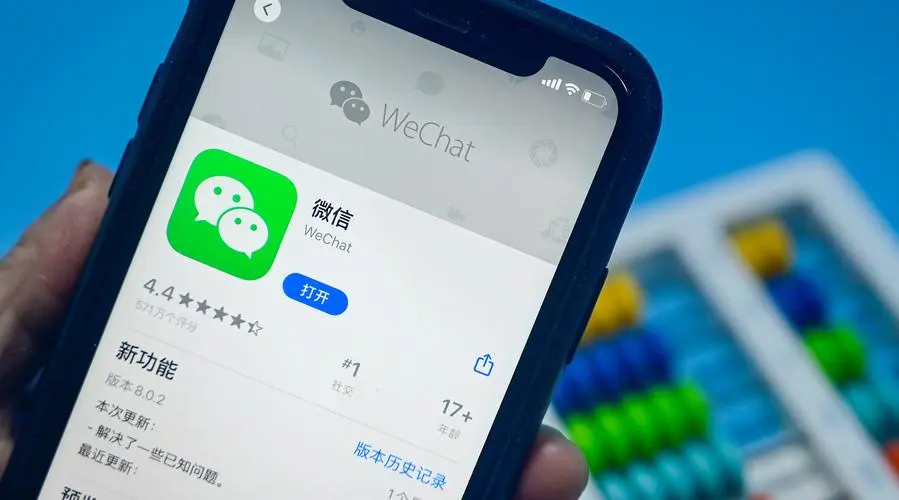In an increasingly interconnected world, fostering cultural exchange and international collaboration has become crucial. For educational institutions, building relationships with students from diverse backgrounds is not only a means of promoting diversity but also an avenue for enriching the academic experience. Chinese students, in particular, constitute a significant portion of the global student population. To effectively connect with them and create an inclusive environment, institutions must take the first step in understanding their needs and preferences. The article listed the essential first step in reaching out to Chinese students.

Reaching out to Chinese Students-Understanding the Landscape
Before delving into effective strategies for reaching out to Chinese students, it’s imperative to grasp the unique cultural, social, and educational context they hail from. China’s rich history and traditions play a pivotal role in shaping the values and perspectives of its citizens, including students. As a result, acknowledging and respecting these cultural nuances can significantly impact the success of outreach efforts.
Language Bridges
One of the primary barriers that can hinder effective communication with Chinese students is language. While many Chinese students possess a strong command of English, the language barrier can still pose challenges, particularly in complex academic contexts. Establishing language bridges, such as offering language assistance programs or providing translated materials, can help ease the transition for Chinese students and facilitate better understanding.
Digital Engagement
In the digital age, leveraging online platforms can be a powerful way to connect with Chinese students. In China restricts access to certain international websites, leading to the rise of Chinese social media platforms like WeChat, Weibo, and Douyin. Establishing a presence on these platforms can provide institutions with direct access to students and foster a sense of community.

Cultural Celebrations
Hosting cultural events and celebrations can create a welcoming environment for Chinese students while also fostering cross-cultural understanding among the broader student body. Celebrations of traditional Chinese festivals, such as the Lunar New Year or the Mid-Autumn Festival, can provide a sense of home away from home for Chinese students and offer an opportunity for others to learn about their culture.
Tailored Support Services
Recognizing the challenges that Chinese students might face when studying abroad, institutions can offer specialized support services. These services could include orientation programs that address cultural differences, academic assistance tailored to their needs, and guidance on navigating administrative processes in a new country.
Personalized Communication
A critical aspect of reaching out to Chinese students is acknowledging their individuality. Personalized communication, such as addressing them by their names, can foster a sense of belonging. Moreover, institutions should proactively communicate important information in a clear and concise manner, as this can alleviate potential confusion and anxiety.
Global-Minded Curriculum
Adapting the curriculum to incorporate global perspectives can resonate with Chinese students and other international learners. This demonstrates an institution’s commitment to inclusivity and prepares students for a multicultural world. Including case studies or examples from China in relevant courses can also highlight the significance of their contributions on a global scale.
Peer Mentorship Programs
Peer mentorship programs that pair Chinese students with experienced mentors can provide invaluable support. Mentors can help newcomers navigate the academic landscape, offer advice on cultural adjustment, and provide insights into local life. This initiative not only aids the integration of Chinese students but also creates a sense of camaraderie within the student community.

Feedback Mechanisms
To ensure the efficacy of outreach efforts, institutions should establish feedback mechanisms. Regularly seeking input from Chinese students about their experiences and suggestions for improvement demonstrates a commitment to their well-being and growth. This feedback loop allows institutions to adapt their approaches and continuously enhance their engagement strategies.
Partnerships with Chinese Institutions
Collaborating with Chinese educational institutions can foster mutual understanding and facilitate student exchange programs. Joint research projects, academic conferences, and cultural exchanges can bridge the gap between institutions from different countries, promoting cross-cultural dialogue and knowledge sharing.
In conclusion, the first step to reaching out to Chinese students lies in recognizing their unique cultural background and needs. Establishing language bridges, leveraging digital platforms, hosting cultural events, and offering tailored support services are key strategies. Personalized communication, a global-minded curriculum, and peer mentorship programs can also greatly contribute to effective outreach. By taking these steps, educational institutions can create an inclusive and enriching environment that benefits both Chinese students and the entire student community. Remember, cultural exchange is a two-way street; building connections with Chinese students not only enriches their experience but also enhances the global perspective of the entire institution. If you are looking ways to reach out Chinese students, please do not hesitate to contact Deep Digital China for support.
